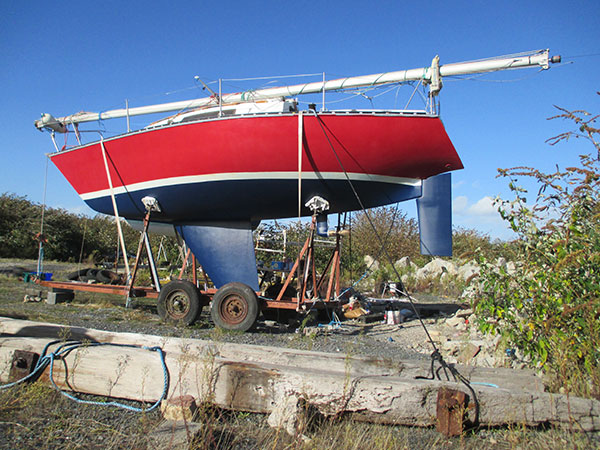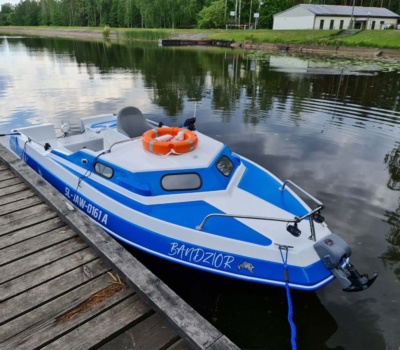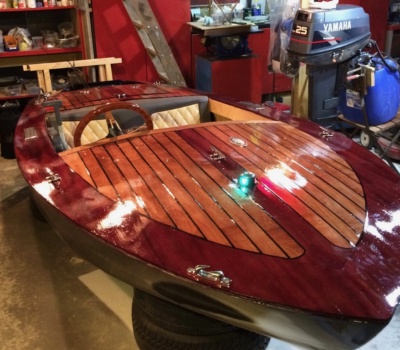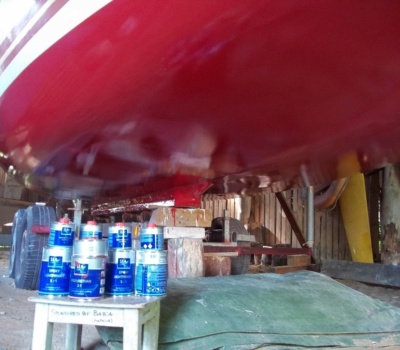“The entirerefurbishmentwe decided touse the products Sea-Line®.
In my opinion, a very importantelement inthe choiceof chemicals, whichwant to usefor the repair, thecorrectselection ofthe individual layerstospecificrepairandrepaired surface(laminate, steel, woodetc.)Anotherdeterminantis thespecializedhelp ona good system.
Withall responsibility, I can say thatthe technical supportprovidedby Sea-Line® isa professional andunforced, backed bya hugetheoretical and practical knowledge, and what isalso veryimportant, I had providedexcellent contactat every stage ofrenovation. “
Michał Matulka, Jacht Traper 300, Ireland


Renovation of the Spanish motorboat Ducauto caribe. “Cut in half, gutted and made according to

Cosmetics Sea-Line use in Polish Army for cleaning and protect Sea Gun AM35 on „ORP

Mr. Wojciech Ceiślik, boatbuilder Glen-L Squirt: „I recommend Sea-Line products to everyone who builds and

„… It was not easy, hard job on knees with mask and glasses. Feeling like
We do not recommend using universal thinners. The use of a thinner with an unknown composition may result in loss of adhesion, lack of proper flow of paint and varnish defects.
If the scratches are not deep, then we can renew the scratched side by polishing with Sea-Line polishing pastes. Above the waterline, when the scratches are not deep, the surface can be repaired with a DRY FAST gel coat filler. Deep scratches should be filled with epoxy filler (selected depending on the requirements of the scratched surface), painted with a primer and then painted with topcoat.
We recommend to always sand the surface between applying two different products to ensure uniform surface roughness and adhesion of subsequent layers. The sanded surface should also be cleaned and degreased.